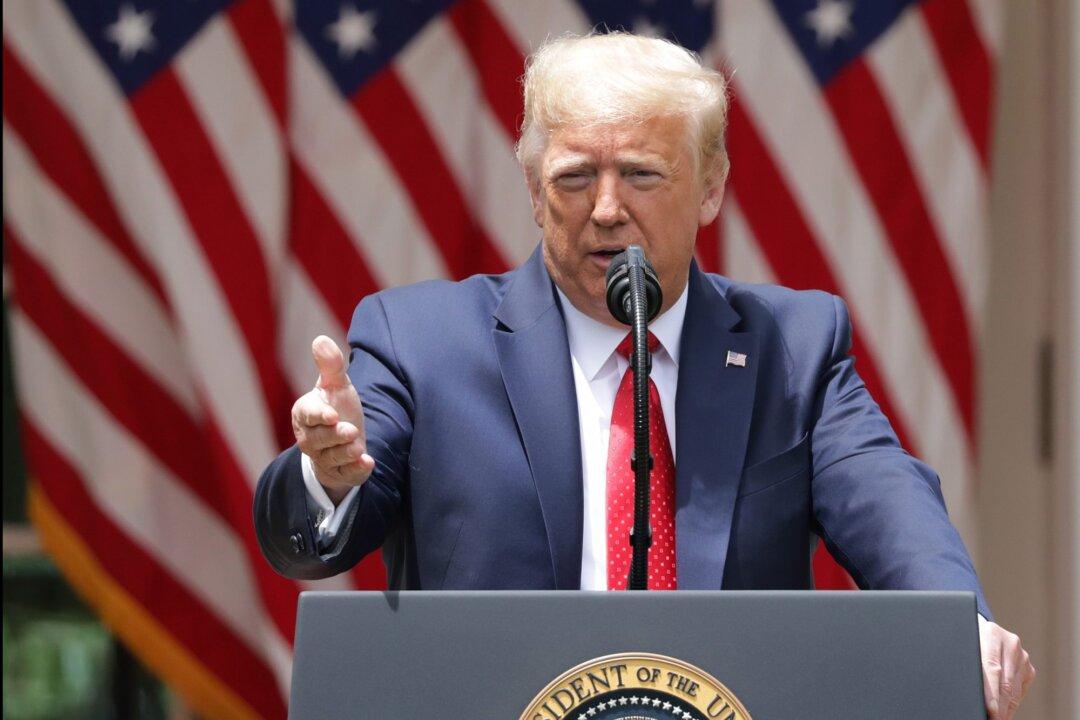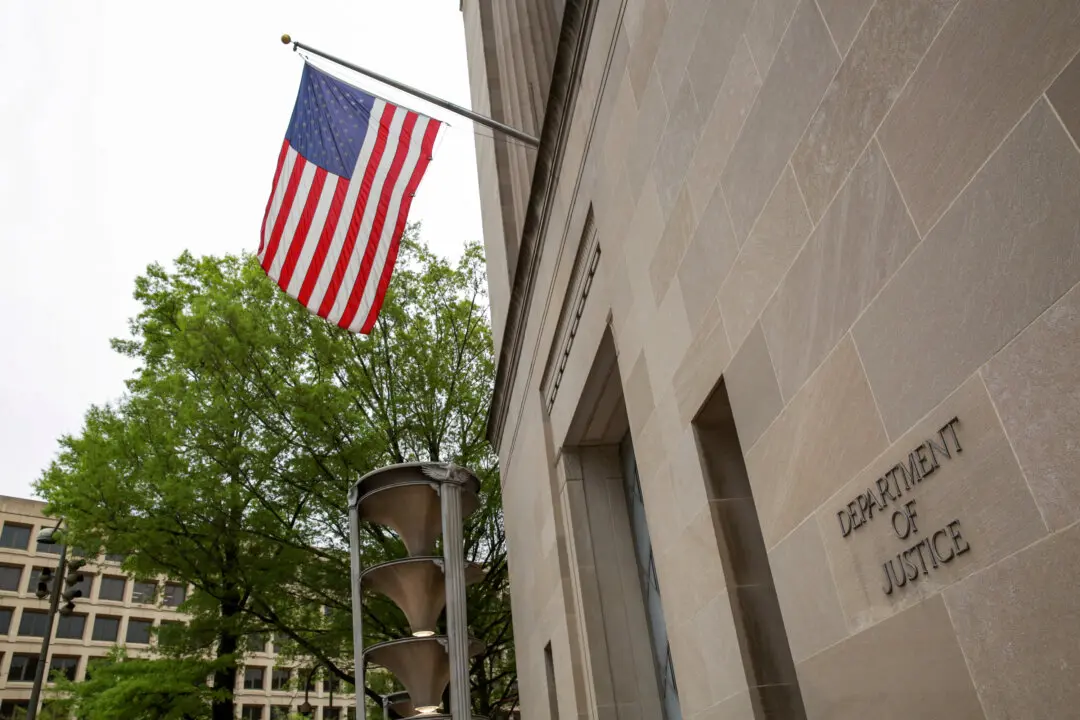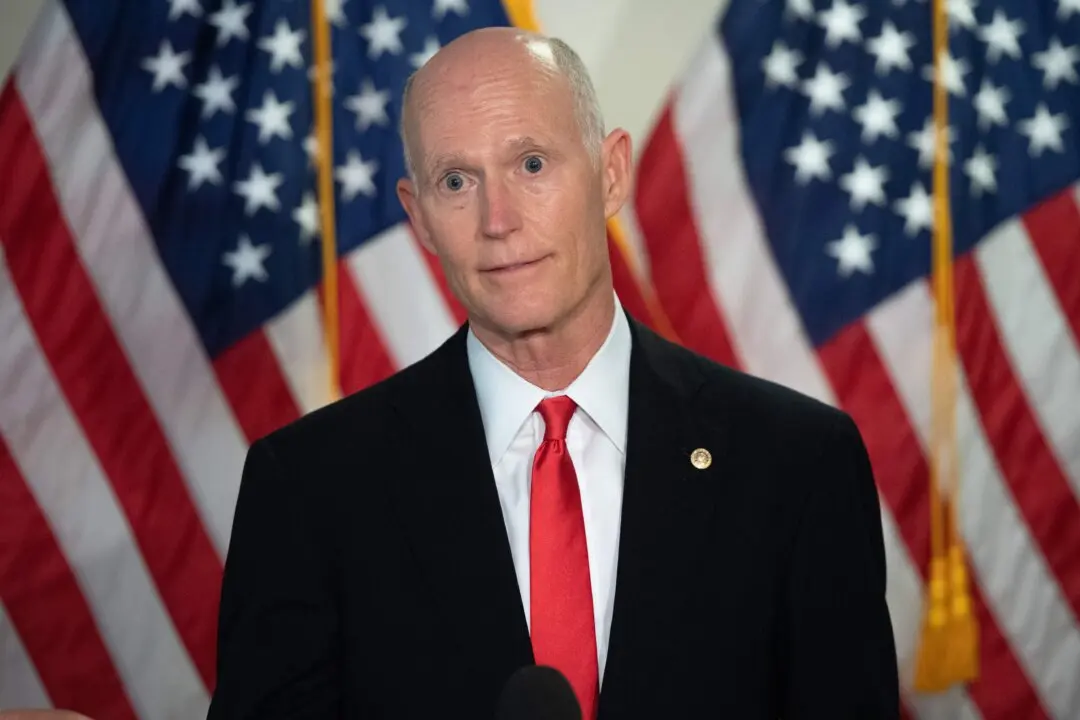President Donald Trump decried the U.S. Supreme Court’s decision to reject his bid to end an Obama-era program that provided legal protections and work authorizations to illegal immigrants who were brought into the United States as children, saying they have to “start this process all over again” for a legal solution.
On Thursday morning, the Supreme Court ruled that the administration had acted in an “arbitrary and capricious” way when it decided to cancel the Deferred Action for Childhood Arrivals (DACA) program that protected hundreds of thousands of these so-called “dreamers.” Many of these recipients, who have an average age of 24 years old, currently live and work in the United States after having grown up in the country.




